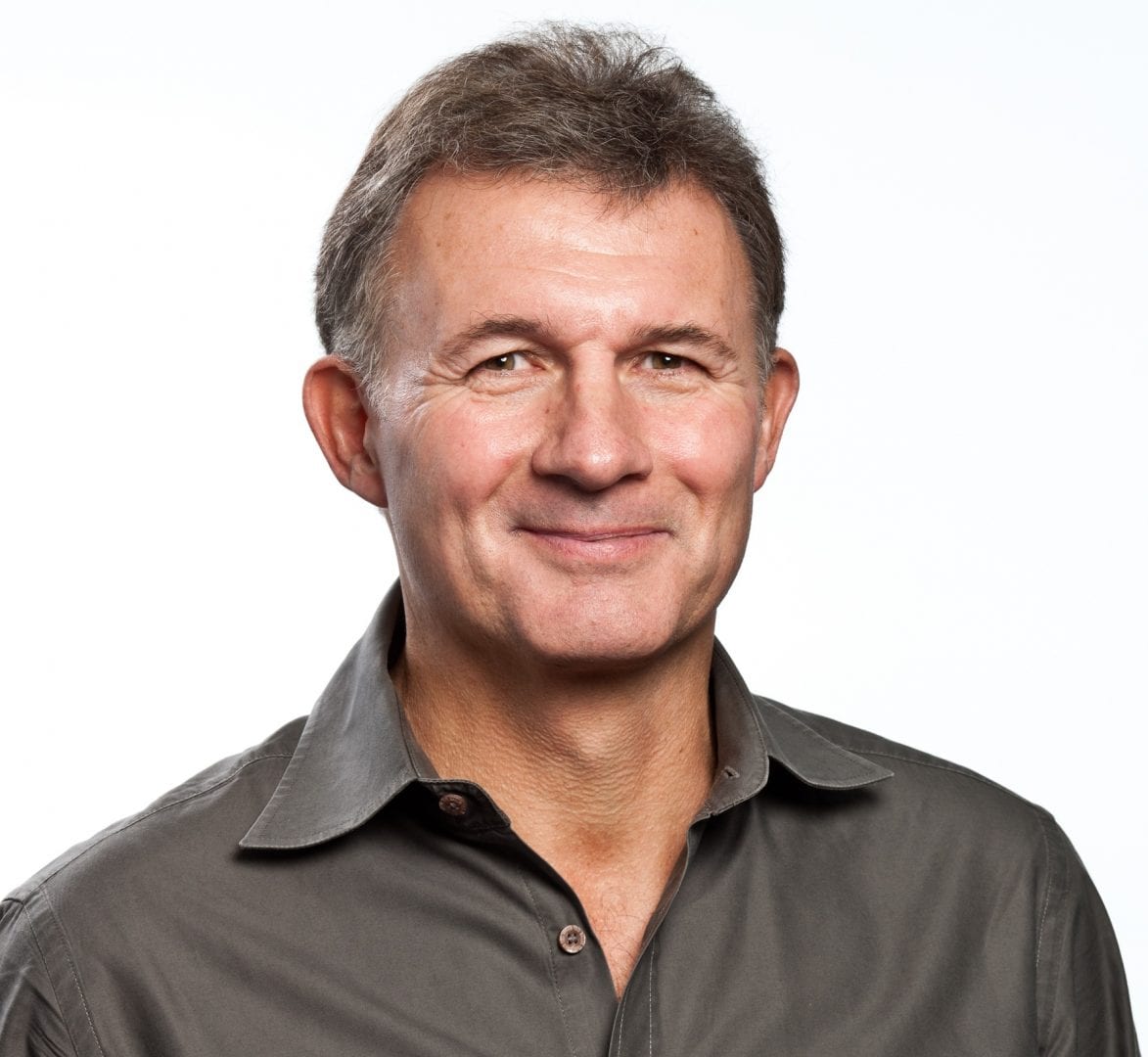End of year blog by Ford Ennals, CEO, Digital Radio UK
As we take a post-election Christmas breather, head into 2020, and dismiss 2019 as so last decade, it’s worth looking back on our digital progress over the last 12 months and identifying the key trends that will determine the future of radio and audio next year and beyond.
2019 was the year that radio and our listeners got smart and drove digital listening share to almost 57% of total radio listening. It was a year that started with the national launch of The Chris Evans Breakfast Show on Virgin Radio and new stations Virgin Radio Anthems and Virgin Radio Chilled, and ended with the national launch of Love Sport Radio.
The two biggest drivers of digital growth were an increase of 22.4m hours in online radio listening in homes due to the growth of smart speakers and of 28m hours in digital listening to the increased number of national commercial radio stations.
Smart speakers
In 2019 smart speakers out-sold traditional analogue and digital radios and at the beginning of the fourth quarter around 30% of adults had access to a smart speaker with many more to be added – at discount prices – post-Black Friday and Christmas.
Retail analysts project the number of smart speakers in UK homes will double by 2022, so they are certainly not a fad. What’s the impact on radio listening? Well, in the short-term, it’s good because RAJAR’s MIDAS report shows that 70% of audio listened to on smart speakers is live radio. But as we move forward, we can expect a battle for share of audio on smart speakers – between radio, music streaming, and podcasts – more of which later.
National commercial stations
The major commercial radio groups saw an opportunity to expand their share of radio listening, and in most cases the footprint of their leading radio brands, by launching nine new services on the two national DAB networks. While online listening to smart speaker was the big growth story in 2019, DAB continued to grow, particularly in cars, and still represents 70% of total digital listening.
There was a new No 1 digital station in KISSTORY and, in the 12 months between the launch of Virgin Radio Anthems and Chilled and Love Sport Radio, we saw Scala Radio, Heart Dance, Heart 70s, Heart 90s, Capital Xtra Reloaded and LBC News spring to life on DAB and online. The total number of national digital commercial stations on air is now 40, with one more to come. This has been made possible by a significant shift to DAB+ broadcasting which is more efficient and uses less capacity than DAB.
All the new stations, excepting Scala Radio, broadcast in DAB+, and in addition Global converted leading digital stations, Heart 80s, Capital Xtra, and Radio X, to DAB+. In total there are now 19 national commercial stations broadcasting in DAB+ which is close to 50% of the total. Honourable mentions for new stations launched in 2019 on London and local DAB multiplexes include Greatest Hits Radio, Country Hits Radio, Smooth Country, Smooth Chill, Magic at the Musicals, Fun Kids Junior, and Pure Radio. And Absolute marked the end of the decade by launching Absolute 10s online.
Other audio forms
As the UK radio industry continues to transition to digital listening, it also important to look across at two other digital audio forms enjoying dramatic growth. In 2019 online music streaming grew by 26.4 million hours or 19%, boosted by the success of Amazon Music and Alexa, and podcast listening grew by 21.8 million hours or 50%, with the success of new mainstream podcasts such as That Peter Crouch Podcast and Brexitcast.
We can expect this growth to continue in 2020 and it will be interesting to see the impact of the big audio initiatives from radio groups, such as BBC Sounds and Global Player, as the boundaries between the different audio formats blur.
It is appropriate that the Government and industry review, underway this year, is named the Radio and Audio Review, and looks to ensure a healthy future for the UK radio sector amidst all audio forms. We expect to hear the outcome before the end of 2020 by which time we project more digital progress, more smart speakers in homes, and more DAB+ stations on air, with digital platforms accounting for over 60% of radio listening.
[Sources: RAJAR Q3 2019; RAJAR MIDAS Autumn 2019]
